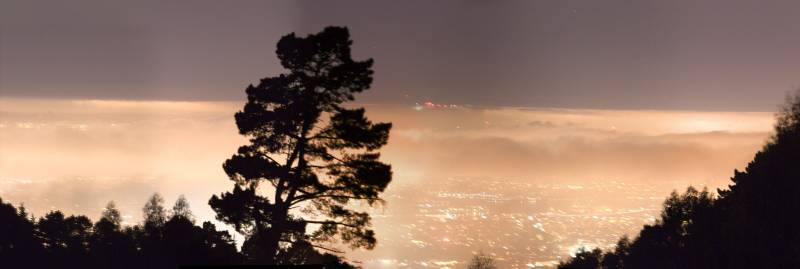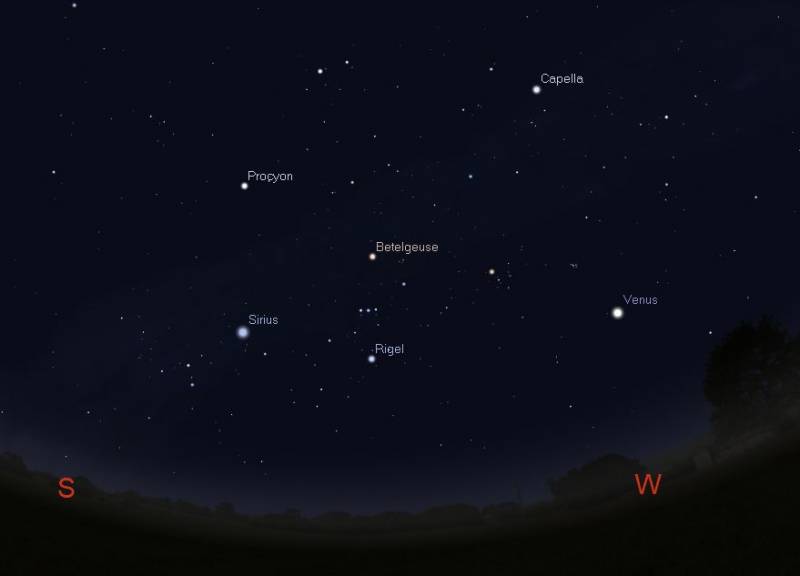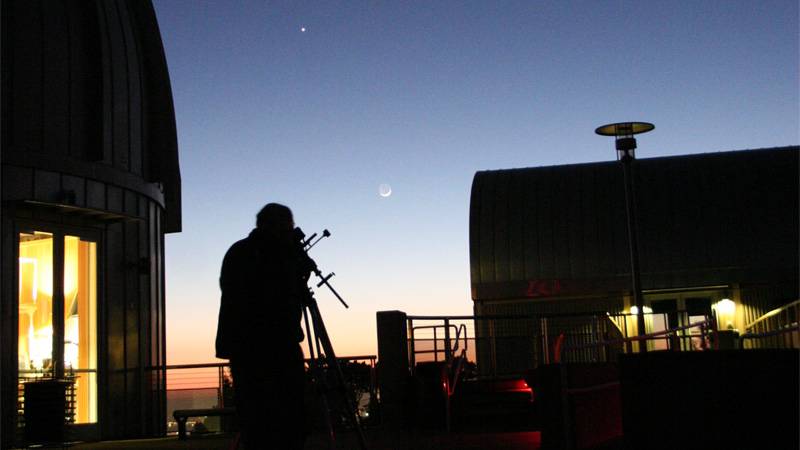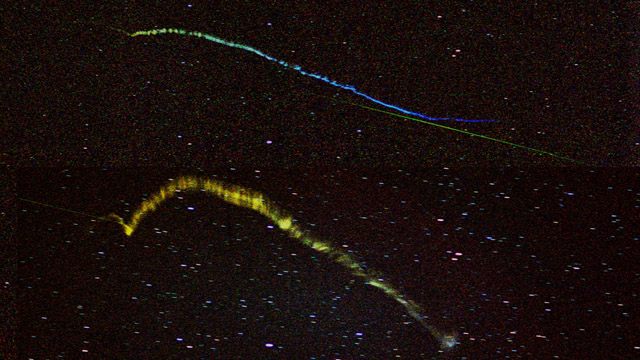If you’ve never really learned about the night sky, now is a great time do it. Parents can teach their children about the stars, and anyone can get out of the house and stargaze, keeping plenty of appropriate physical distance.
So, on a clear evening, stop streaming movies, step outside, and look up! Here’s your guide to how and what to see.
Keep it Simple
The early spring has one of year’s most magnificent evening displays of bright stars. So, even if you live in the city, where stars compete with urban light pollution, you can still see a lot.

It’s easy to get overwhelmed by the number of stars up there. The best advice for beginners is this: pick one specific region of the sky, and get to know what’s there. Don’t worry about learning the names of all the stars and the constellations. That can come later.
A Sampler Pack of the Evening Spring Sky
To begin, here’s a way to choose a small patch of the night sky.
Over the next few weeks, after the evening twilight has faded, around 8 or 9 p.m., find a safe location nearby, one with a clear view of the sky. Get comfortable, and look to the southwest — to the left of where the sun set.
Venus
The first thing you will notice is an extremely bright object shining almost directly west, a couple of hand-spans above the horizon. It is intense, and, unlike the stars around it, shines steadily without twinkling. It’s not a star; it’s the planet Venus. Fun fact: Planets don’t twinkle.

Venus is currently playing its role as the “Evening Star,” and will remain in the early western sky for several weeks to come. As the weeks pass, though, Venus will start sinking into the twilight. And by mid-May, the planet will disappear in the glow of dusk.
Venus is the brightest of the planets, and the third brightest object in the sky, outshined only by the moon and sun. Here’s why: first, Venus is very close to Earth — so close that the light entering your eyes bounced off Venus only minutes ago! Second, it’s a big planet, about as big as Earth. And, third, Venus is completely covered in cloud and reflects much of the sunlight shining on it.
Sirius, the Dog Star
In addition to Venus, you will find several very bright stars across this patch of sky.
Far to the left, almost directly to the south and about the same distance above the horizon as Venus, is the brilliant star Sirius, also called the “Dog Star,” because it belongs to the constellation Canis Major, the “Greater Dog.”


